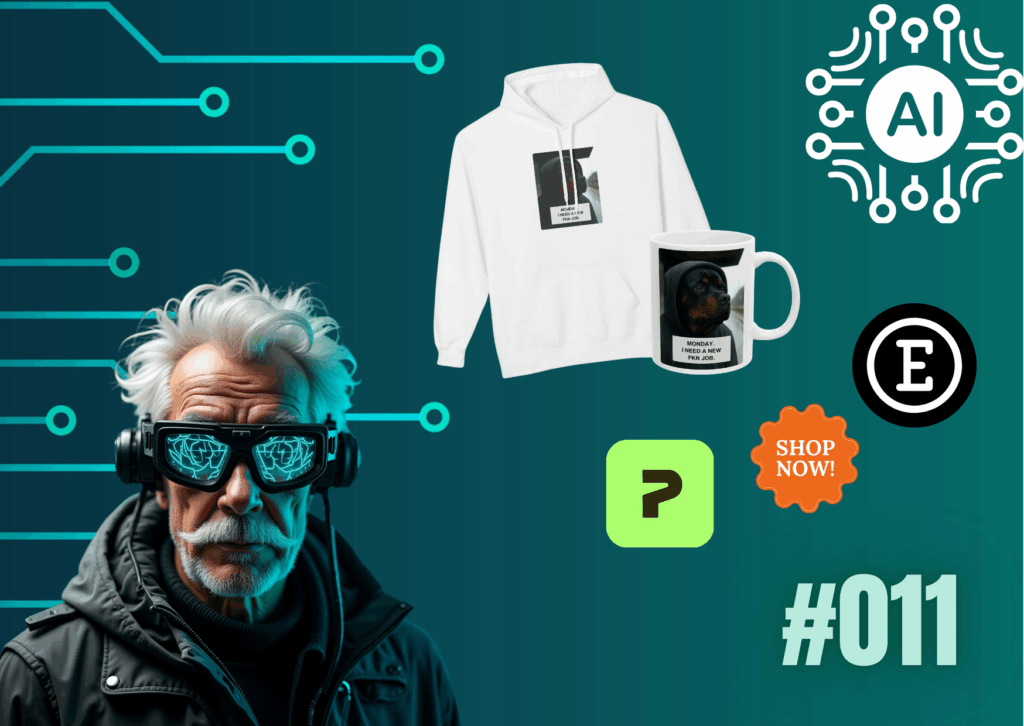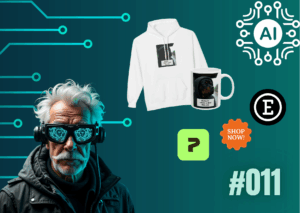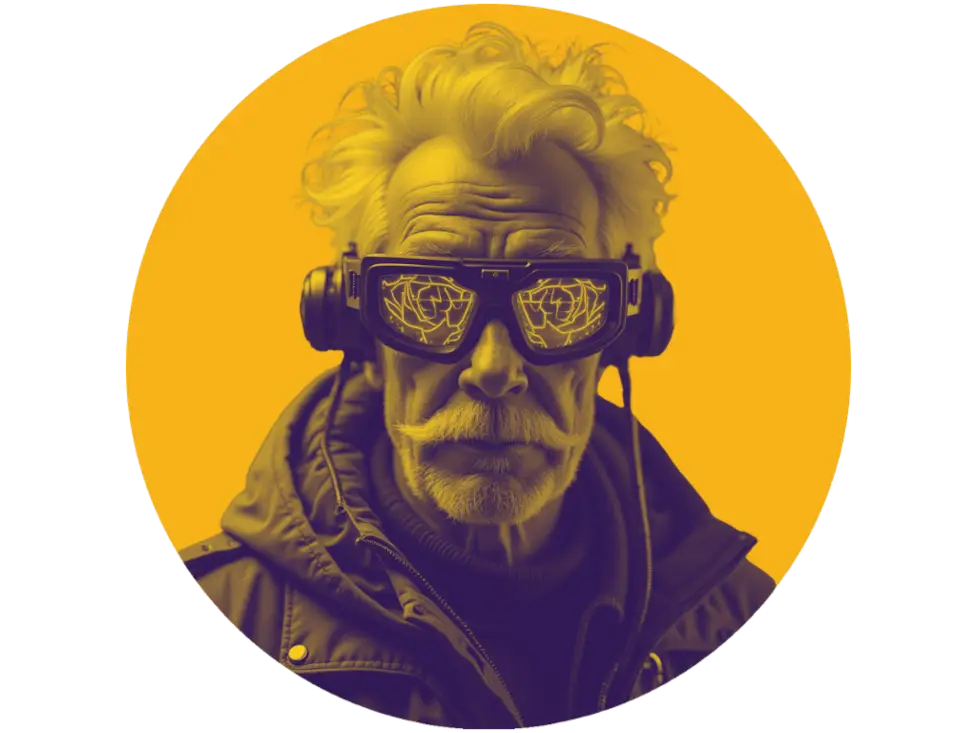This isn’t a tutorial.
And it’s definitely not a “how to make $10K/month on Etsy” breakdown.
This is just another Tireless Grandpa experiment — a small, structured test to understand how a popular online business model actually works when you build it from scratch.
So I created a shop.
Connected it with Printify.
Uploaded a few simple products to start, and I’ll add more as time allows.
And now I’ll track what happens over time.
Why I’m Doing This
The internet is full of content creators pushing Etsy + Printify as an easy passive income stream.
Most of them skip over the boring parts: setup, sync, fees, design thinking, platform logic.
I wanted to test it directly — not to prove them wrong, but to see what’s real.
I’m not here to aggressively sell.
I’m not worried about margins or price points.
And I’m not aiming to go viral.
I just want to learn how this system functions — from account creation to product listing — and document that process.
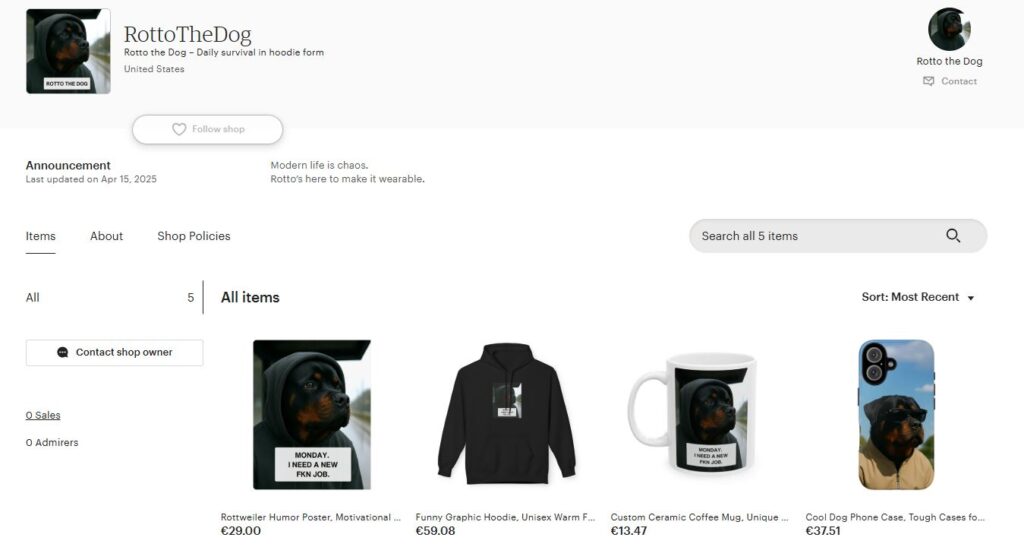
The Setup
Creating the Etsy shop was straightforward but required several steps:
- Account creation: Registered a new Etsy account.
- Bank account linking: Connected my bank account for payouts.
- Credit card provision: Added a credit card for billing purposes.
- Identity verification: Uploaded a photo ID and took a selfie to confirm identity.
Once the Etsy shop was set up, I linked it to Printify. The integration was seamless, allowing me to design and publish products directly to my Etsy store.
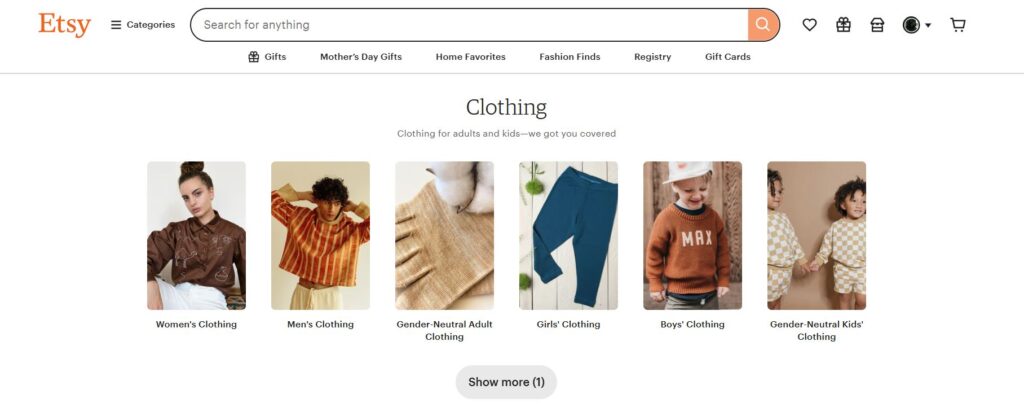
I started with five basic products: a mug, hoodie, short-sleeve t-shirt, and a poster, all featuring designs centered around Rotto the Dog, a cynical AI-generated meme character from a previous project. This approach saved time, utilizing existing visuals and branding.
🛒 View the Etsy Shop Here – everything is live, for now.
📸 Check out Rotto on Instagram
Where AI Helped
While this isn’t a full-fledged AI project, I leveraged AI tools to streamline certain aspects:
- Account setup: Used AI-generated content to assist with shop descriptions and policies.
- Product titles and descriptions: Employed ChatGPT to craft engaging and relevant product listings.
- Tags and metadata: Generated optimized tags to improve searchability.
- Visual content: Utilized previously created AI-generated images for product designs.
These tools facilitated a quicker setup, allowing me to focus on the experiment’s core objectives.
Costs, Fees, and Platform Logic
One unexpected expense was a one-time shop setup fee, which Etsy charges to cover administrative costs for new shops. This fee can vary but is typically around $15 to $29, depending on various factors.
Additionally, Etsy offers an optional Etsy Plus subscription at $10 per month, providing benefits like:
- 15 listing credits per month.
- $5 in Etsy Ads credit.
- Advanced shop customization options.
- Discounts on custom packaging and promotional materials.
For sellers aiming to boost their shop’s visibility and branding, Etsy Plus can be a valuable investment.
What I’m Tracking
For now, I’ll keep the shop live and observe:
- How listings perform over time
- If impressions grow passively
- What kind of clicks (if any) start to happen
- How Etsy’s backend tracks views, search appearance, etc.
I’m not expecting significant results. The platform is competitive.
To get any real traction, it’s clear that you need more than just uploading decent-looking products. Etsy rewards those who understand its system — from search optimization to shopper psychology. That includes things like running paid promotions, offering free shipping (which Etsy’s algorithm tends to favor), using timely discounts and coupons, and consistently presenting your brand with clean visuals. Success here requires a deeper grasp of what makes buyers click, save, or follow through — and I’m tracking all of that in the background.
This project is about building the foundation:
Understanding the infrastructure, the pain points, the rules of the platform.

Other Tireless Grandpa Projects
One of the other active experiments is Thalia, an AI-generated Instagram persona representing a young woman leading a simple, relatable life. The project aims to explore whether authentic, non-exaggerated content can resonate in today’s digital landscape.
📝 Read the Thalia blog post
📸 Thalia on Instagram: @thaliawakes
Each of these projects exists to test small digital systems:
How far you can get with basic ideas, minimal friction, and no forced growth hacks.
Faceless, but not soulless — just one persistent human using AI to turn ideas into something real. One blog post at a time.
